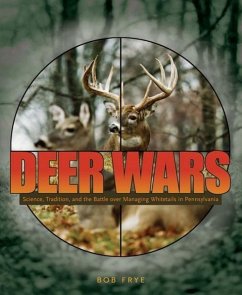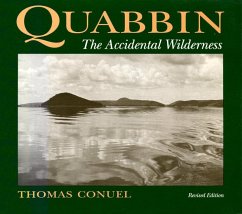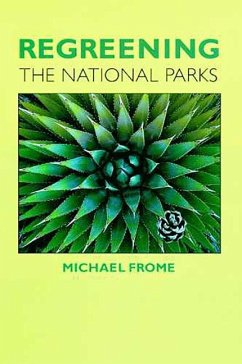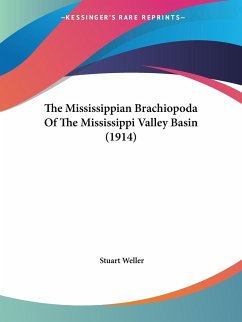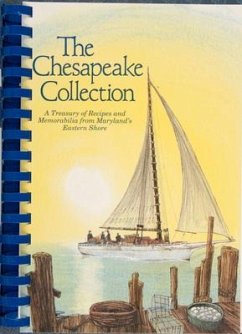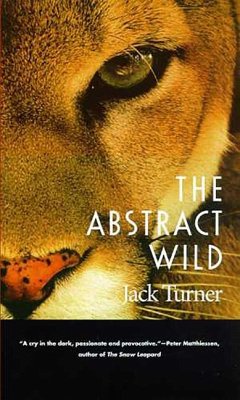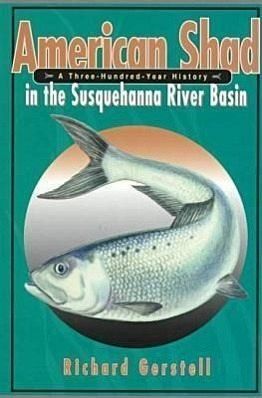
American Shad in the Susquehanna River Basin
A Three-Hundred-Year History
Versandkostenfrei!
Versandfertig in über 4 Wochen
32,99 €
inkl. MwSt.

PAYBACK Punkte
16 °P sammeln!
The inspiring story of how the American shad was brought back from the brink of extinction in the Susquehanna River basin. Once the center of a major commercial industry along the Susquehanna River in Pennsylvania, Maryland, and New York, the American shad population in the river was almost destroyed in the mid-nineteenth century by the construction of dams. However, concerned citizens began rebuilding the shad population in 1950, and the continuing conservation efforts are proving successful in bringing the American shad back to the Susquehanna. This account of the rise, fall, and restoration...
The inspiring story of how the American shad was brought back from the brink of extinction in the Susquehanna River basin. Once the center of a major commercial industry along the Susquehanna River in Pennsylvania, Maryland, and New York, the American shad population in the river was almost destroyed in the mid-nineteenth century by the construction of dams. However, concerned citizens began rebuilding the shad population in 1950, and the continuing conservation efforts are proving successful in bringing the American shad back to the Susquehanna. This account of the rise, fall, and restoration of the shad population in the Susquehanna and its tributaries is a fascinating story of history, politics, technology, economics, sports, and environmentalism. It is also an inspiring tale of how human beings, once recognizing the damage they have done to the natural environment, can work to overcome the despoilation they have caused. Drawing on state archives, government land records, private property deeds, early newspaper reports, and other primary documents, Richard Gerstell shows what an integral part the American shad has played in the cultural history of the people living in the Susquehanna River basin through three centuries. Detailed accounts of the once-thriving shad fishing industry include descriptions of scores of wagons regularly seen waiting for shad at fisheries along the river, fishermen occasionally killed in fights over fishing places, sanitary problems at city and riverbank fisheries, shore and island hotels built for fishermen and fish purchasers, shad-funded votes in state elections, and even shad recipes. Gerstell also describes the adverse effects of dams and illegalfishing devices on the shad population and, drawing on records of the Susquehanna River Anadromous Fish Restoration Committee, covers: the early studies of the suitability of the river for shad restoration; artificial propagation of shad eggs obtained from outside the state




